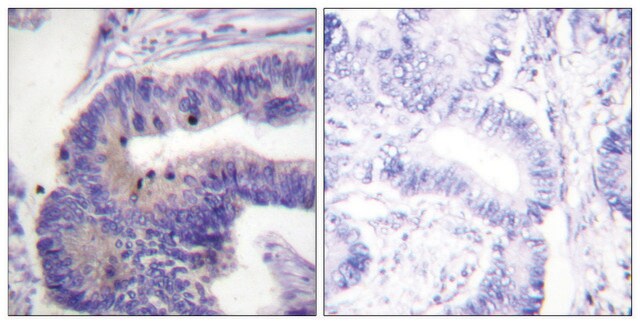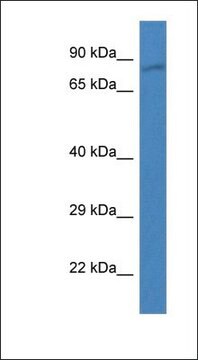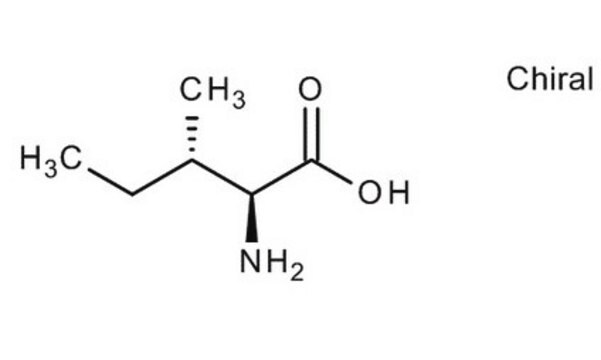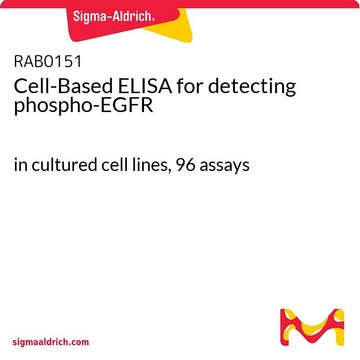ABS22
Anti-PDE4D Antibody
from rabbit
Synonym(s):
phosphodiesterase 4D, cAMP-specific, cAMP-specific phosphodiesterase PDE4D6, cAMP-specific 3′,5′-cyclic phosphodiesterase 4D, phosphodiesterase 4D, cAMP-specific (dunce (Drosophila)-homolog phosphodiesterase E3), phosphodiesterase 4D, cAMP-specific (dunc
About This Item
Recommended Products
biological source
rabbit
Quality Level
antibody form
purified antibody
clone
polyclonal
species reactivity
rat, human
species reactivity (predicted by homology)
chimpanzee (based on 100% sequence homology), mouse (based on 90% sequence homology)
technique(s)
western blot: suitable
NCBI accession no.
UniProt accession no.
shipped in
wet ice
target post-translational modification
unmodified
Gene Information
human ... PDE4D(5144)
General description
Specificity
Immunogen
Application
Quality
Western Blot Analysis: 0.5 µg/mL of this antibody detected PDE4D on 10 µg of rat brain tissue lysate.
Target description
Physical form
Other Notes
Storage Class Code
12 - Non Combustible Liquids
WGK
WGK 1
Flash Point(F)
Not applicable
Flash Point(C)
Not applicable
Certificates of Analysis (COA)
Search for Certificates of Analysis (COA) by entering the products Lot/Batch Number. Lot and Batch Numbers can be found on a product’s label following the words ‘Lot’ or ‘Batch’.
Already Own This Product?
Find documentation for the products that you have recently purchased in the Document Library.
Our team of scientists has experience in all areas of research including Life Science, Material Science, Chemical Synthesis, Chromatography, Analytical and many others.
Contact Technical Service








